How to Overcome Language Barriers in Marketing Campaigns? (Where Are You At and What Can You Do Next?)

No matter the size of your business or organisation, engaging with multilingual audiences requires recognising their needs and prioritising strategies to overcome potential language barriers that may impact your company's marketing campaign’s performance and success.
We've structured this article as a roadmap, outlining 8 different levels of overcoming language barriers as an organisation. By identifying your current position, you can chart a course for future progress and come back to this guide to track your achievements.
Are you ready to level up?
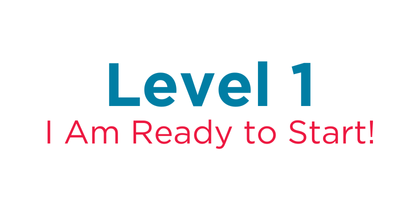
If you are reading this, then congratulations! You have recognised that your company needs language support. This could be due to your customers, community, patients, or students coming from diverse linguistic backgrounds, or perhaps you aim to expand your reach to an international market.
Regardless of your motivation, you have taken the first step by seeking to understand how you can achieve your organisation's goals and enhance your reach and engagement.
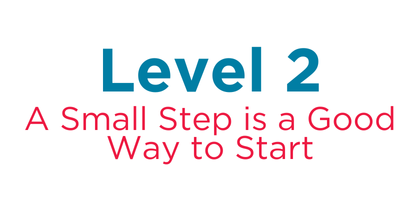
Take a moment to evaluate the tools currently available to you and your team:
1. Do your social media captions include the most essential information and call-to-actions for your campaign?
Major platforms like Instagram, Facebook, LinkedIn, and TikTok offer automatic translation features. By including key details in your post captions, your audience can utilise these built-in tools to translate the content.
2. Are you recognising special dates and celebrations important to your target audiences?
Demonstrating awareness of your audience's cultural celebrations can help you build a stronger connection with it. Simple actions, such as social media posts or physical displays at your business location, can positively shape your audience’s perspective about you as a brand, public entity or VCS organisation.
3. Do you incorporate visuals in your communications?
A picture is worth a thousand words. Visual content can make a huge difference when it comes to enhancing your engagement with multilingual communities. A descriptive image can capture attention more effectively than text, especially for individuals whose proficiency in a language may vary.
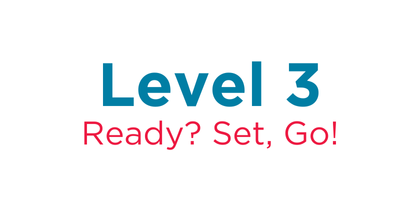
At this point, you want to take real action. You want to do something for your community and overcome those language barriers. Well, here are some ideas:
1. Conduct research.
At this juncture, attempting to target all languages spoken by your audience may be challenging. Therefore, it's essential to identify the top 2-4 languages prevalent among your community members.
You can make use of existing public studies providing insights into the demographics of your geographical area, such as “ethnicity and language statistics of East Sussex residents”.
Alternatively, conducting your research through surveys or social media can yield valuable data. For instance, concluding a post with a query like "Tell us what you think of this new initiative in your native language!" can prompt engagement and feedback.
It's important that you handle individuals' information responsibly throughout this process, ensuring that all actions taken feel organic and respectful to your audience's preferences and needs.
2. Consider which components of your campaign would gain the most value from translation services.
Your organisation likely manages multiple projects concurrently, and not every asset of your marketing campaign necessitates translation.
Engage in introspection with your team, asking yourselves “which project would derive significant benefits from inclusive participation of individuals regardless of the language they speak?”. Evaluate the communication materials associated with this project to ascertain their relevance and impact.
3. Take action!
Initiate action by translating a single flyer into 2 to 4 distinct languages and incorporate them into the outreach phase of your marketing campaign.
Pro Tip: Distribute these flyers strategically in locations frequented by individuals fluent in the respective languages, whether through physical venues like religious or community centres, or digital platforms such as social media forums and groups.
Explore how we can assist you with your translation needs.
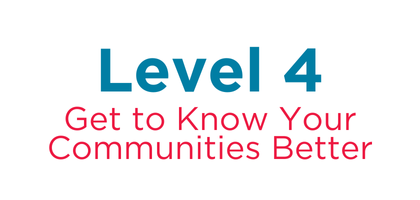
You’ve taken your first steps, but now it may be a good time to make these efforts even more effective.
Consider working with individuals who speak the languages of your target audience and can serve as advocates for your campaign. Bilingual advocates bring the advantage of understanding the cultural and language nuances of their communities, which can significantly impact whether your audience engages with your campaign or not.
Bilingual advocates simplify the process of getting to know your community, making it more efficient and cost-effective. Instead of spending hours researching different cultures and conducting outreach yourself, you can hire someone who already possesses the necessary knowledge and expertise to communicate effectively and persuade your audience to take the desired actions.
Explore how we can support you through bilingual advocacy.
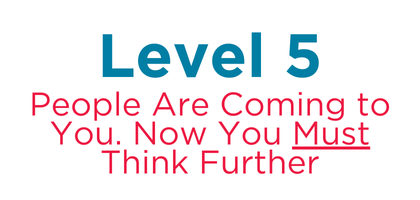
Your marketing efforts in various languages may be driving results by now, but consider what will happen when these communities engage with your event, request your services, or take the next step—whatever it might look like for your company.
You must ensure that information effectively reaches these audiences beyond the outreach stage.
In some cases, there may be nothing crucial that would decrease your audience satisfaction levels, such as if you are organising a clothing sale, a marketplace, or an organised walk. However, in other cases, significant issues may arise if you don’t provide language support during the activities you promoted to non-English speaking audiences.
For example, if you are organising an event with guest speakers, you may need interpreting support for attendees. If you are hosting a vaccination drop-in, you may need translated medical sheets with information about the procedures individuals will undergo.
Remember, it’s not only about translating the invitations; it’s about being consistent with your messaging and providing a space where individuals can access and understand the information you provide them with.
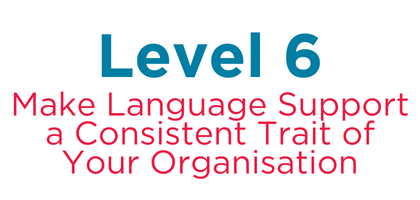
Hopefully, you will have succeeded once, twice, or various times during these processes! There is no reason why you wouldn’t want to make this an important characteristic of your business or organisation.
Here are some benefits of including language support in your services:
-
You won’t lose the audience you’ve gained: Since you have already engaged with a multilingual audience, you wouldn’t want to lose them. Ensure you keep including them to drive their customer lifetime successfully.
-
You will gain new customers: Not only will you retain the community you have already engaged with, but you will also keep growing your audience if you continue with the processes we have listed thus far. Additionally, your current customers will provide indirect support through buzz marketing if you keep them satisfied with the services you provide.
-
You will be seen as a socially responsible organisation: Corporate Social Responsibility (CSR) is very important to investors, partners, customers, and future employees when they are looking to engage with your organisation. By providing language support, you can show your commitment to inclusivity and create a strong reputation for your company.
-
You will have gained a new trait to showcase: Make sure you make your commitment public! As explained in the point above, this new trait is something that can help your organisation’s image shine a little brighter. Use it to your advantage.
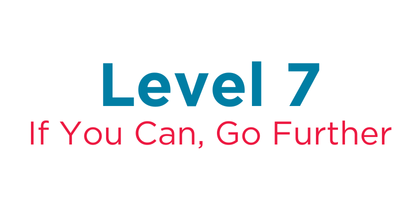
Your non-English speaking community may be growing alongside your business. If you are producing content that you would like your multilingual audience to engage with, consider translating surveys, blogs, or specific pages of your website.
This level can be adjusted to your company’s needs and goals, as well as the size of your non-English speaking audience. Remember your audience is more likely to interact with content in their preferred language, leading to better engagement rates.
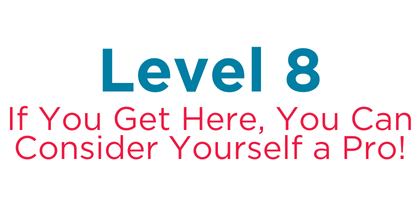
Reaching this level means your organisation has shown great understanding and commitment to supporting the language needs of your community. Here are some advanced strategies to take your inclusivity efforts even further:
-
Website translation: Depending on your audience, there are various approaches you can take. If your audience encompasses a wide range of language needs, you may consider automated tools that can provide instant translations for your entire website in multiple languages upon request. For example, Care for the Carers.
However, if you focus on a few key languages, hiring professional translators to perform precise localisation for one, two, or three languages can yield more accurate results for your audience. For example, Bluetooth.
Alternatively, if you plan to expand your business abroad to a country with a different language, translating your website is essential. In such cases, we strongly advise undergoing professional translation and localisation to prevent costly misunderstandings. For example, Tesco.
-
Multimedia content translation: Some organisations opt to translate multimedia content, including social media posts and promotional videos. This decision hinges on the marketing campaign goals and the presence of a specific audience that would significantly benefit from translated content, thereby also benefiting the organisation.
You can collaborate with influencers to create content in the language of your target audience, enabling you to reach a much broader audience than your organisation could on its own.
-
Create new social media profiles: As your company expands, consider establishing new social media profiles in various languages. For digitally-focused, global businesses, this strategy can lead to exponential growth in brand awareness and sales. For example, Freeda’s Instagram profiles in English, Spanish and Italian.
While maintaining consistency, the content on each social media profile doesn’t have to be identical and can be tailored to its respective audience. Take advantage of the nuances of each community to personalise your content. For example, the content on BBC's English, Spanish, and Persian Instagram profiles varies to better resonate with their respective audiences.
Conclusions
Regardless of your organisation's size or its current stage in its language support journey, there are always steps you can take to benefit the communities you serve.
Vandu Languages is established as one of the leading Interpreting and Translation services in the Southeast of England, proud to assist organisations in bridging their communication gap and delivering enhanced services to ethnically diverse communities in the UK and beyond.
Based on the insights shared today, we invite you to explore the following resources that may be relevant for your organisation to continue building better outcomes for both itself and its stakeholders:
Translation Services
Bilingual Advocacy Services
Interpreting Services
Request a Translation Quote
More Blogs Like This One
Cultural Competency Training
We trust that this content has been informative and valuable. Until next time!
